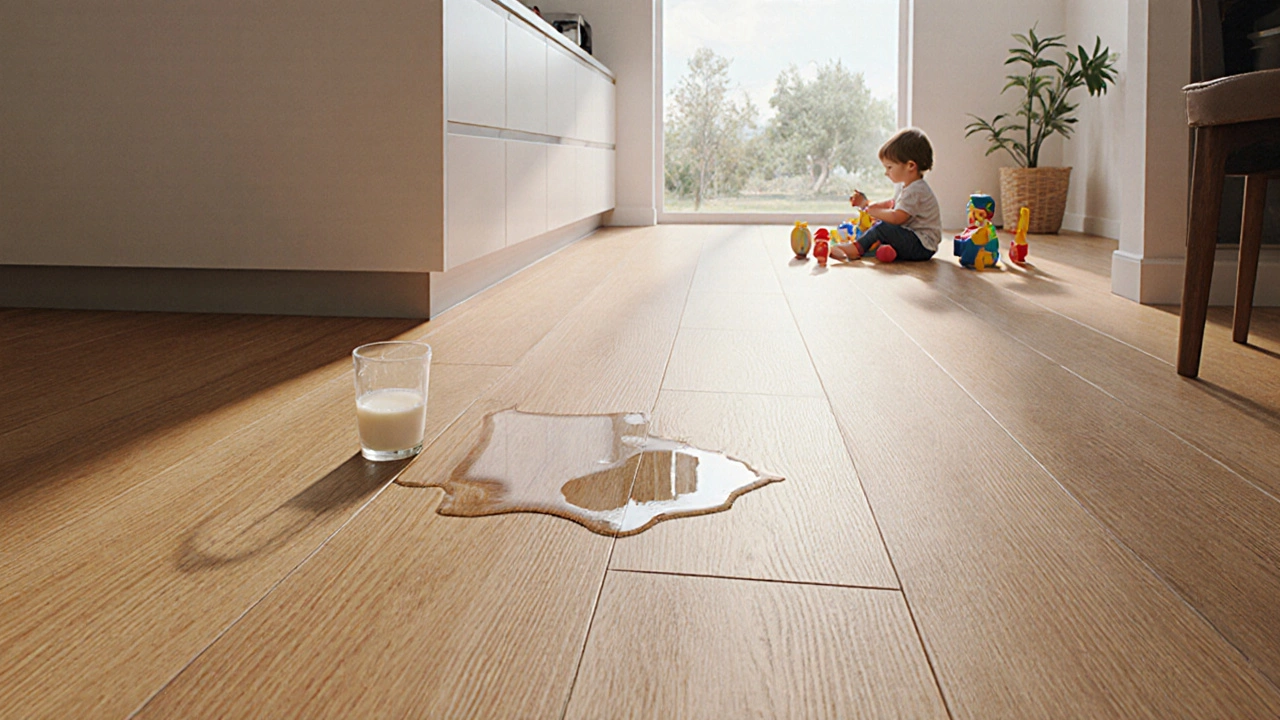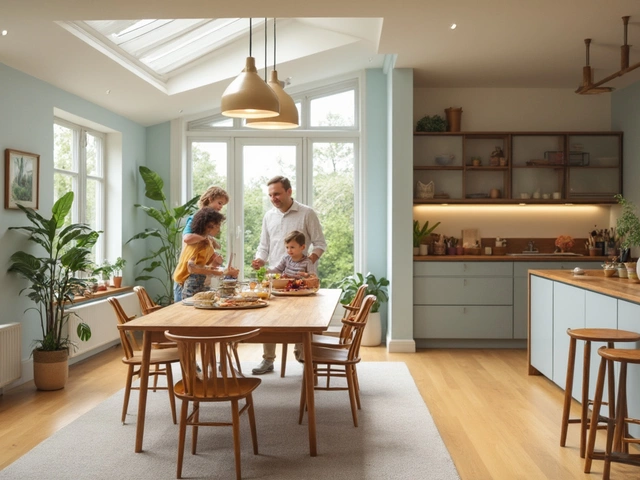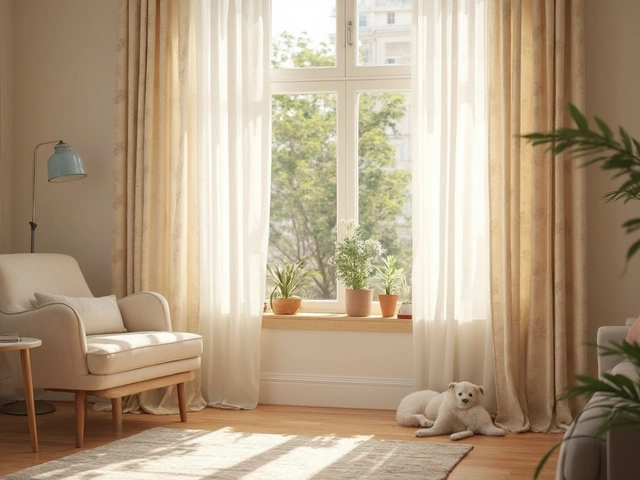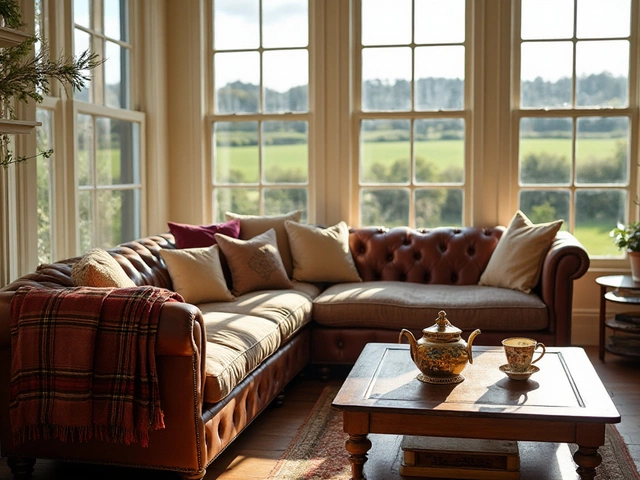Vinyl vs Laminate: Which Flooring Wins for Your Home?
When you’re choosing between vinyl flooring, a flexible, water-resistant material made from layers of plastic and printed designs and laminate flooring, a hard surface made of high-density fiberboard topped with a photographic image and protective layer, you’re not just picking a floor—you’re picking a long-term investment. Both look like wood or stone, both are affordable, and both promise to upgrade your space without breaking the bank. But they don’t perform the same way in real life. One handles spills like a champ; the other can swell up if water sneaks in. One feels warm underfoot; the other sounds hollow when you walk on it. Which one actually works better for your kitchen, bathroom, or kids’ playroom?
Let’s talk about what sets them apart. vinyl flooring is made to handle moisture. That’s why it’s the go-to for basements, bathrooms, and homes with pets or toddlers. You can mop it, spill juice on it, even flood it—and it won’t warp. laminate flooring, on the other hand, is built for dry areas. It’s got a tough surface that resists scratches and fading, but if water gets under the edges—say, from a leaky sink or a spilled bucket—it can bubble and ruin the whole plank. You can’t just sand and refinish it like real wood. Once it’s damaged, you’re replacing planks, not fixing them.
Then there’s comfort. Vinyl has a slight give underfoot, thanks to its soft backing. That makes it easier on your knees when you’re washing dishes or standing at the counter. Laminate is rigid. It feels like walking on a hard table. That’s fine if you love that crisp, clean sound—but if you’ve got older family members or you’re on your feet all day, vinyl’s softer feel matters more than you think. Installation? Both are DIY-friendly. Vinyl often comes in peel-and-stick tiles or planks with click-lock edges. Laminate uses a click system too, but it needs a foam underlayment to muffle noise and smooth out minor floor imperfections. Neither requires glue or nails, which is why so many homeowners pick them over hardwood.
Cost-wise, they’re neck and neck. You can find both for $1 to $5 per square foot, depending on quality. Higher-end vinyl even mimics real stone with incredible detail—so much so that guests won’t know it’s not the real thing. Laminate’s strength is in its wood grain replication. It looks great from a distance, but up close, the pattern repeats too often. If you’re after authenticity, vinyl wins. If you want a classic wood look and you’re careful with water, laminate’s still a solid pick.
And longevity? Vinyl lasts 10 to 20 years with normal wear. Laminate can last 15 to 25, but only if it stays dry. One bad leak and you’re replacing half the floor. Vinyl? You wipe it clean and move on.
So what’s the real answer? If you need a floor that laughs at spills, handles heavy foot traffic, and feels comfortable under bare feet—go with vinyl. If you want a classic wood look in a dry area and you’re willing to keep water away from the edges, laminate works fine. Neither is perfect. But one fits your life better than the other. Below, you’ll find real examples from homeowners who’ve made this choice—what worked, what didn’t, and how they fixed it.







